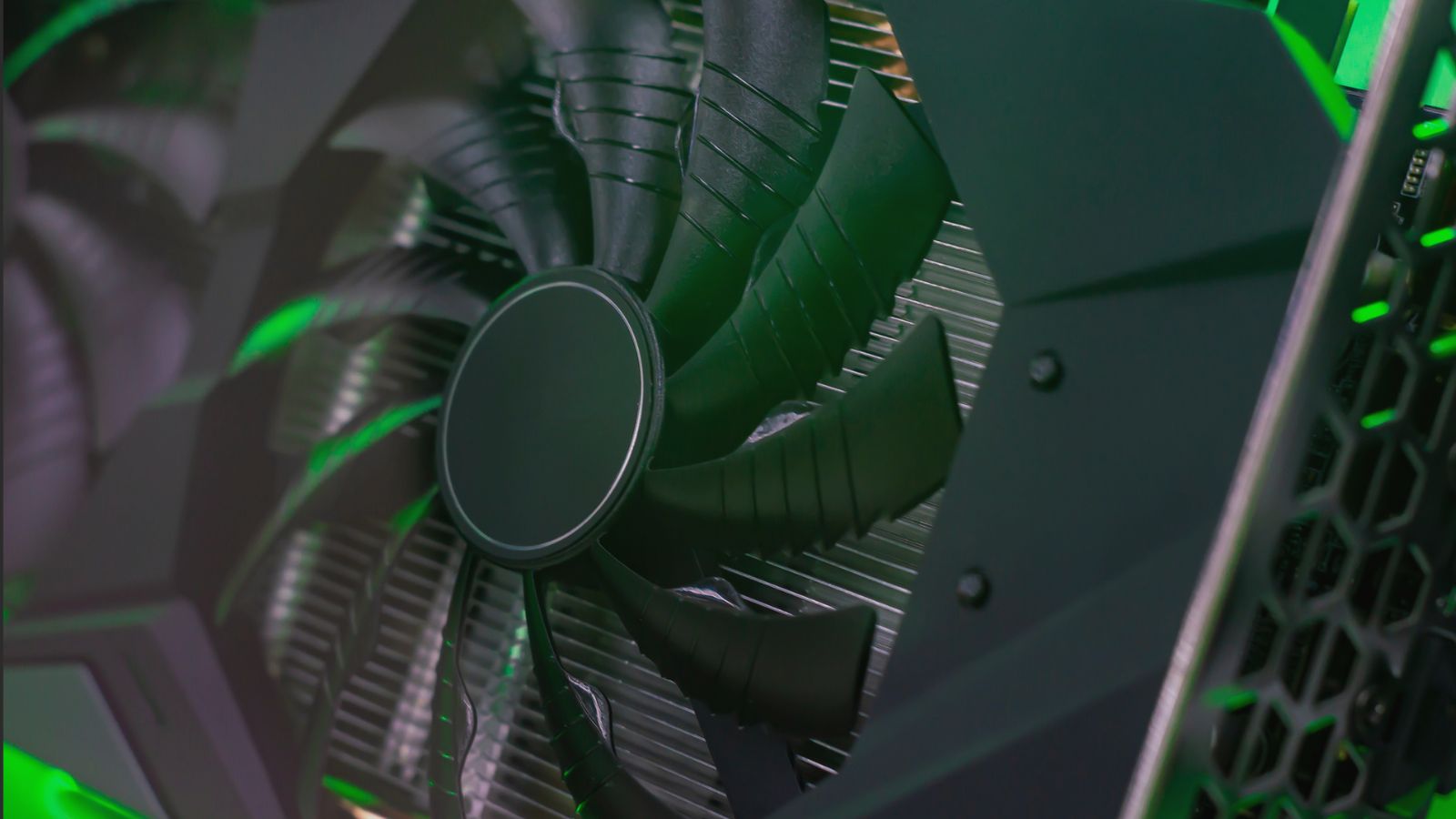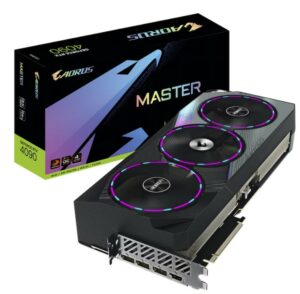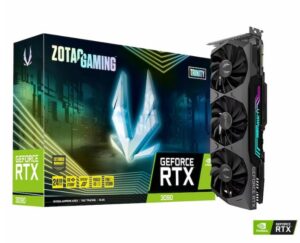Are you looking to upgrade to the all-new NVIDIA RTX 4090 GPU? If so, look no further as here at Overclockers UK we’ve compiled all of our expert knowledge about these innovative graphics cards into one handy guide.
We’ll be explaining everything there is to know about the RTX 4090, including the key differences between this GPU and the RTX 3090, plus highlighting all of the hardware you need to upgrade to the RTX 40 Series.
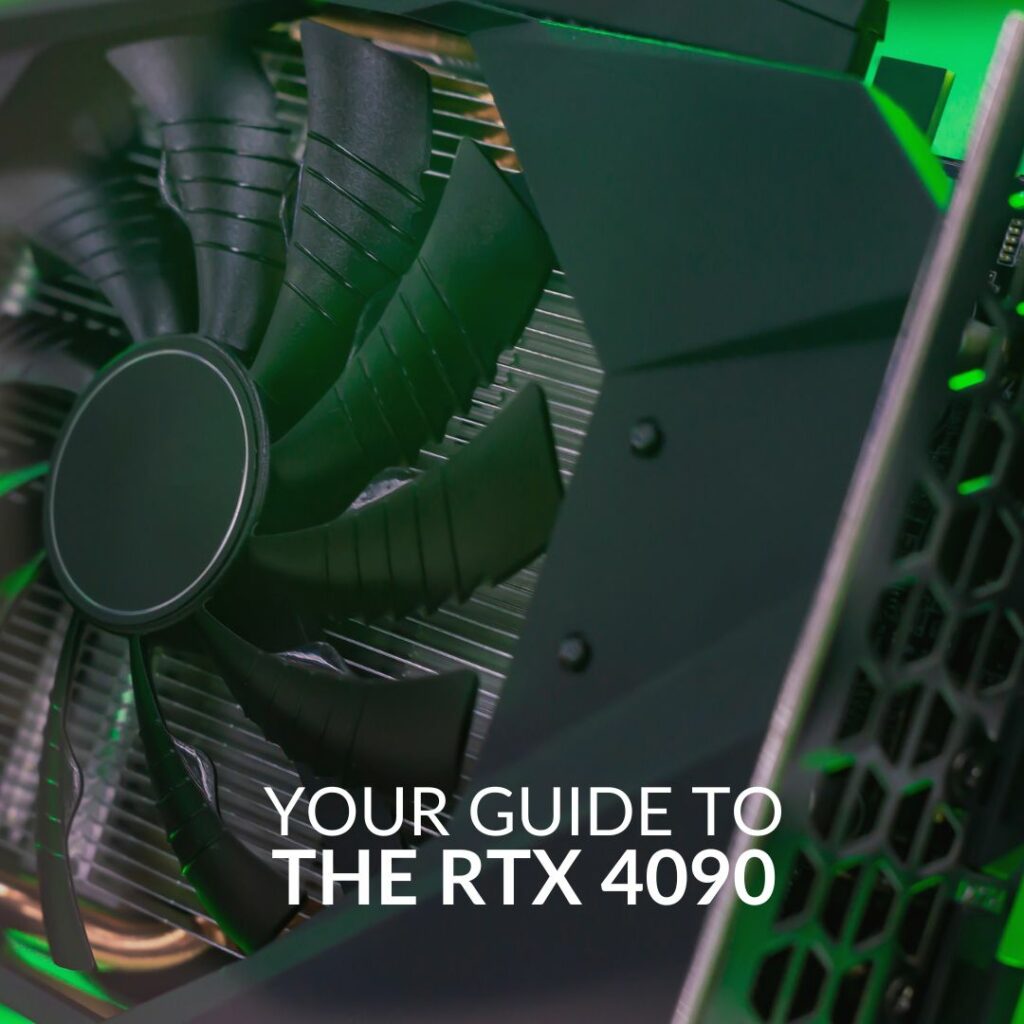
The NVIDIA RTX 40 Series:
The NVIDIA RTX 40 Series has been built with cutting-edge, 3rd generation Ada Lovelace architecture. These graphics cards come packed with a plethora of intelligent features designed to provide a huge uplift in performance in both gaming and streaming.
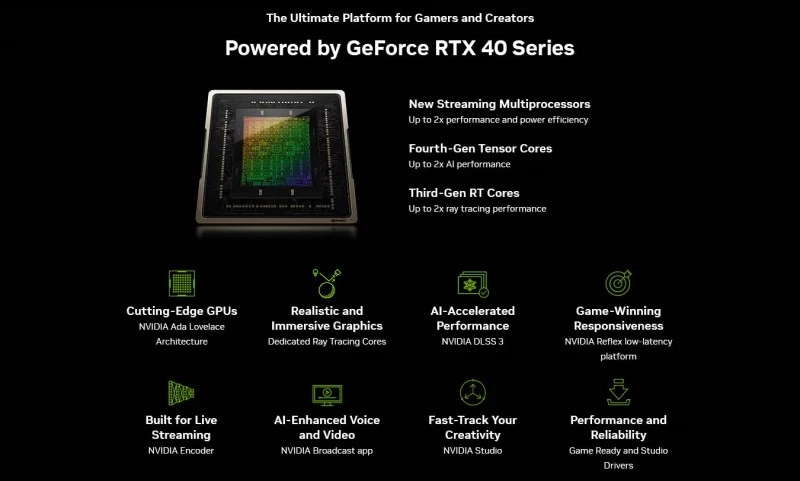
Thanks to the third-gen RT cores, enjoy exceptional hyper-realistic visuals, lighting, and shadows in all your favourite AAA titles. This is enhanced further by the fourth-gen Tensors and NVIDIA’s built-in AI technology.
The cards announced in the 40 series so far are:
RTX 4090 vs 3090: What’s the Difference?
Both the RTX 4090 and 3090 are the flagship GPUs in their respective series. These graphics cards are primarily aimed at gaming enthusiasts, content creators, and streamers who require incredible performance and an immersive gaming experience. However, there are some key differences between these two GPUs.
We’ve included a comparison table below that highlights the differences between the NVIDIA RTX 4090 and a 3090.
| RTX 4090 | RTX 3090 | |
|---|---|---|
| Architecture | Ada Lovelace | Ampere |
| CUDA Cores | 16385 | 10496 |
| Base clock | 2.23GHz | 1.40GHz |
| Boost clock | 2.52GHz | 1.70GHz |
| RT Cores | 3rd gen | 2nd gen |
| Tensor Cores | 4th gen | 3rd gen |
| Memory Bus | 384-bit | 384-bit |
| GGDR6 | 24GB | 24GB |
| TDP | 450W | 350W |
RTX 4090:
The RTX 4090 has been engineered with a brand-new architecture, Ada Lovelace, that is founded on a custom TSMC 4N process and packs in 48 billion more transistors compared to Ampere. This provides you with a huge uplift in performance and efficiency.
What’s more, this GPU boasts a notable increase in CUDA cores, in fact up to 5,889 more! This ensures ultra-fast speeds and buttery-smooth frame rates, even at 4K. Perfect for both gaming and streaming. This is further enhanced by the increase in Streaming Multiprocessors, or SMs, which double the amount of FP32 throughput compared to the NVIDIA RTX 30 Series.
Whilst both the RTX 4090 and RTX 3090 feature support for cutting-edge features such as Real-Time Ray Tracing and AI DLSS, the RTX 4090 takes this one step further. This GPU now utilises the latest generation of RT and Tensor cores to deliver better Ray-Tracing capabilities, more hyper-realistic lighting and shadows, and enhanced AI technology.
All of this incredible gaming prowess results in a higher TDP of 450W, which means the RTX 4090 requires more cooling to keep it performing at optimum temperature. As such, this GPU comes equipped with a hefty heatsink, which makes the card appear a lot thicker and measures at least 304mm in length.
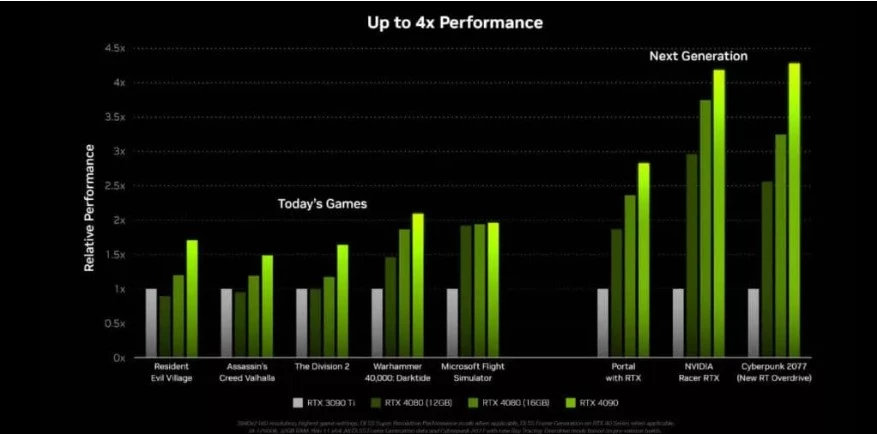
RTX 3090:
On the other hand, an RTX 3090 GPU has been built with NVIDIA’s second-gen RTX architecture, Ampere. This has been crafted utilising an 8nm process, consisting of 28 billion transistors, along with twice the FP32 throughput of the previous NVIDIA 20 Series. All of which combined result in smooth, fast performance in all the latest AAA titles.
Similar to the RTX 4090, this GPU features the latest innovations including AI DLSS and Real-Time Ray Tracing, thanks to the combination of second-gen RT and third-gen Tensor cores. This ensures you can sit back and step into the shoes of your favourite characters to enjoy a truly immersive gaming experience.
With a max TDP of 350W, the RTX 3090 still requires a strong thermal solution to keep it cool and has an integrated heatsink. This heatsink isn’t as large as the one on the RTX 4090, therefore a PC case with a GPU clearance of at least 340mm is ideal for this GPU.
What Hardware Do I Need to Upgrade to the RTX 4090?
CPU:
To unlock the NVIDIA RTX 4090’s true gaming potential, we would recommend either an AMD Ryzen 7000 series or an Intel 13th gen CPU.
Since the RTX 4090 is a powerful graphics card, you need a CPU with a large core/thread count, along with fast processing speeds. Without this, you risk a notable reduction in performance, lag, and poor frame rates.
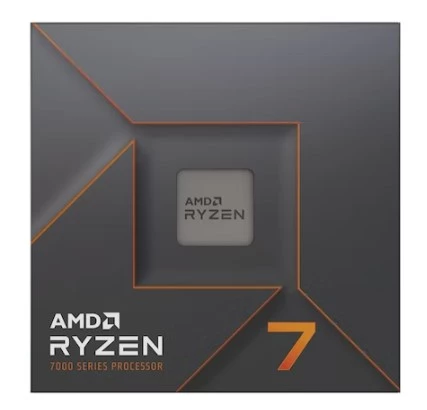
AMD Ryzen 7 7700X CPU:
- AMD Ryzen 7000 series
- 8 Cores & 16 Threads
- 4.50GHz base clock
- Up to 5.40GHz boost clock
- 32MB L3 Cache
- 104W TDP
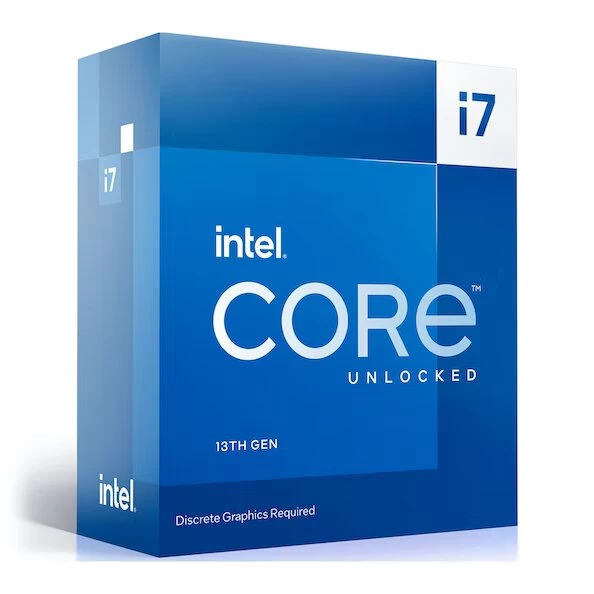
Intel Core i7 13700KF CPU:
- Intel Raptor Lake
- 16 Cores & 24 Threads
- 3.40Ghz base clock
- Up to 5.4GHz boost clock
- 125W TDP
- No on-board graphics
PSU:
To ensure peak performance and maximum efficiency, we recommend that you have a power supply with a capacity of at least 850W or more, along with an 80 Plus Rating of Gold or higher.
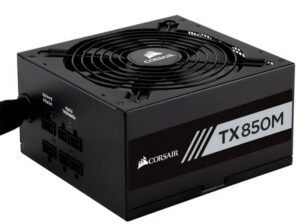
Corsair TX850M 850W 80 Plus Gold Semi-Modular Power Supply:
- Semi-modular
- 850W power capacity
- 80 Plus Gold rating
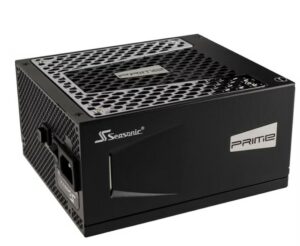
Seasonic Prime PX-850 850W 80 Plus Platinum Modular Power Supply:
- Modular
- 850W power capacity
- 80 Plus Platinum rating
PCIe Cables:
For an RTX 4090 GPU, you need at least three or four 8-pin PCIe connectors to supply your graphics card with enough power. These PCIe cables will be connected to the 12VHPWR adapter cable that will likely come with your RTX 4090.
If you opt for an ATX 3.0 PSU, then you won’t need this secondary adapter as all of the required power will run through one 600W 12VHPWR cable. In addition to this, an ATX 3.0 PSU comes packed with a range of cutting-edge features designed to optimise performance whilst effectively handling the power demands of your RTX 4090. This includes protection against unexpected power spikes, improved efficiency, and built-in Alternative Low Power Modes (ALPM).

Our dedicated blog article comes packed with all the information you need on ATX 3.0 PSUs.
Case:
Since the RTX 4090 are at least 304mm in length, you need a case that has a large enough GPU clearance to accommodate these cards and any additional cooling or customisation options. As a result, we would recommend a case with a GPU clearance of at least 380mm or higher.
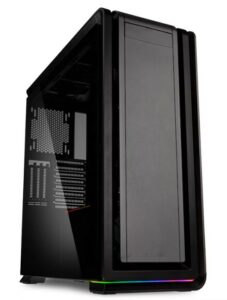
Phanteks Enthoo 719 Full Tower Case:
- Full tower PC case
- Tempered side panel
- Compatible with up to E-ATX motherboards
- GPU clearance of up to 503mm
- Support for vertical GPU mounting
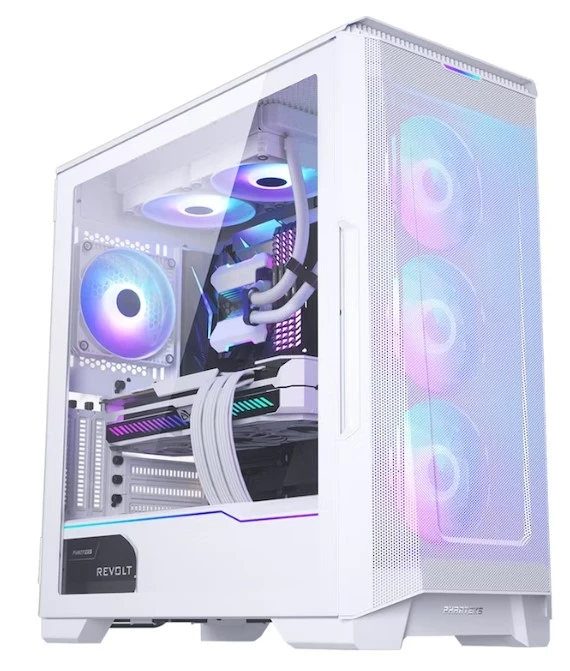
Phanteks Eclipse P500 Air ATX Case:
- Mid tower PC case
- Supports up to ATX motherboards
- Tempered glass side panel
- Compatible with dual systems
- GPU clearance of up to 435mm
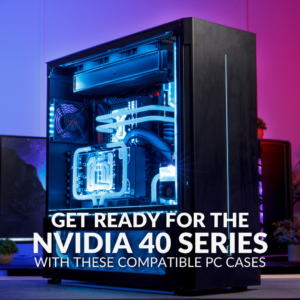
For an in-depth look at our top five PC cases that are compatible with the RTX 4090 cards, you can check out our dedicated blog article.
